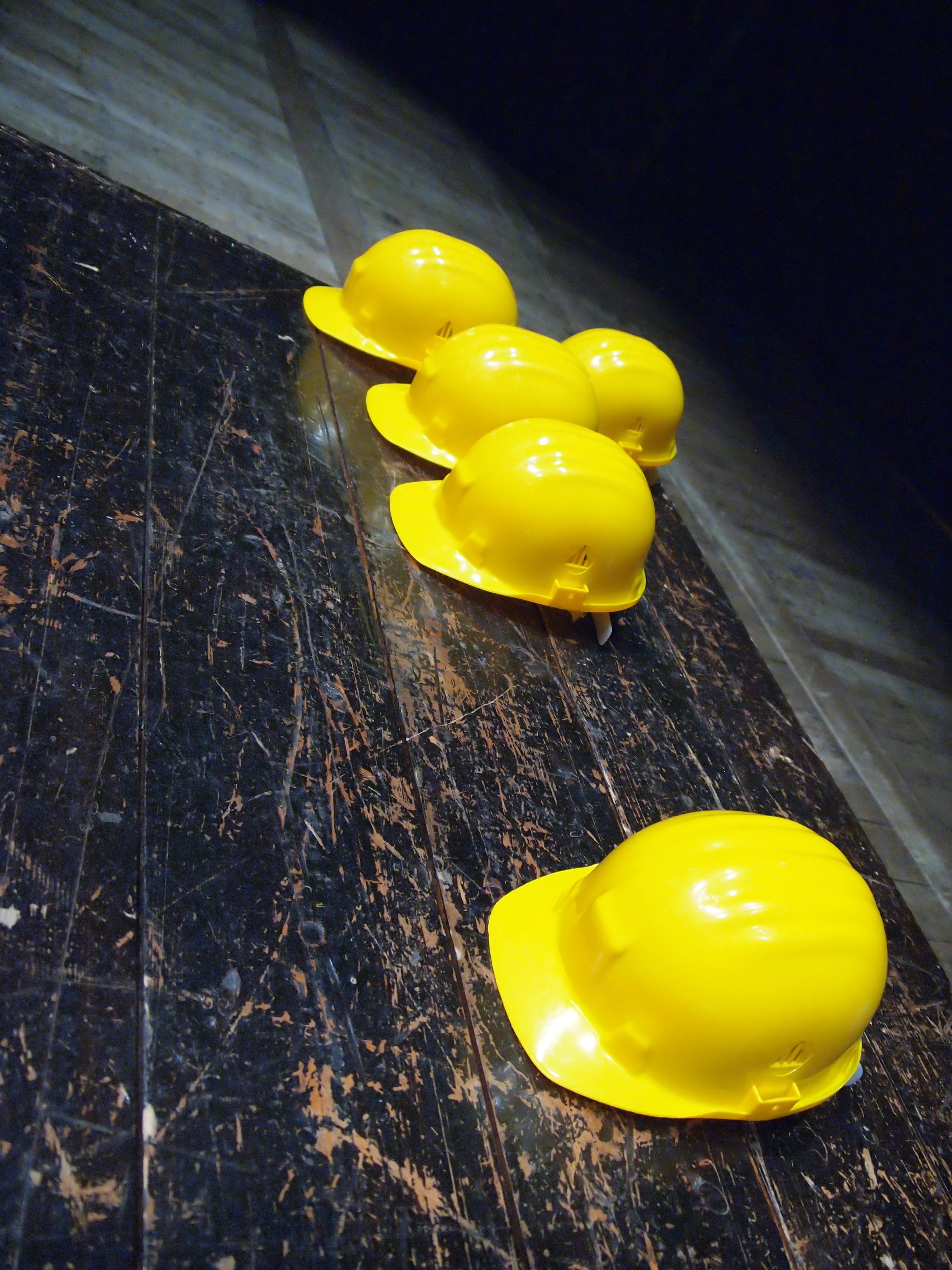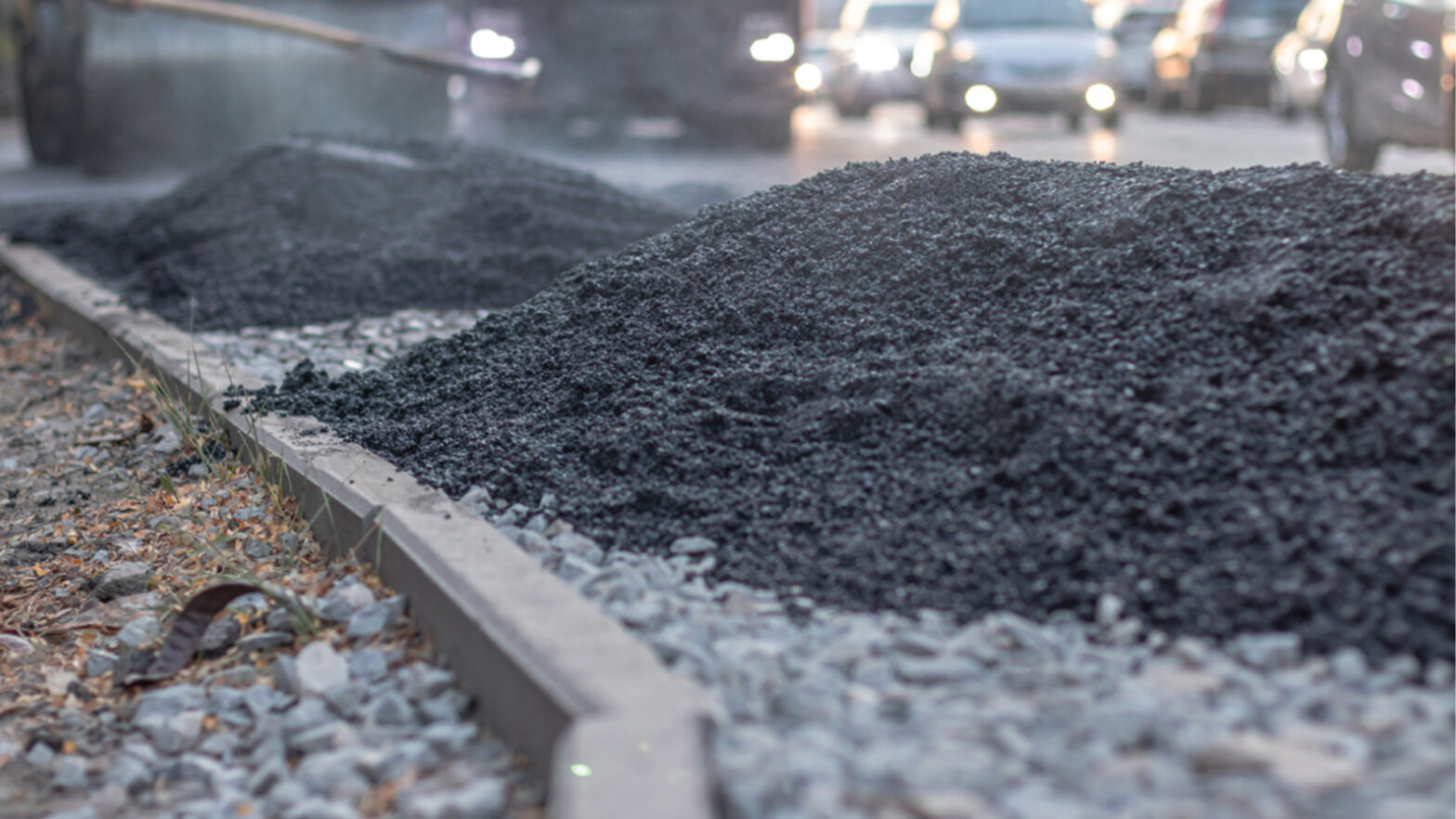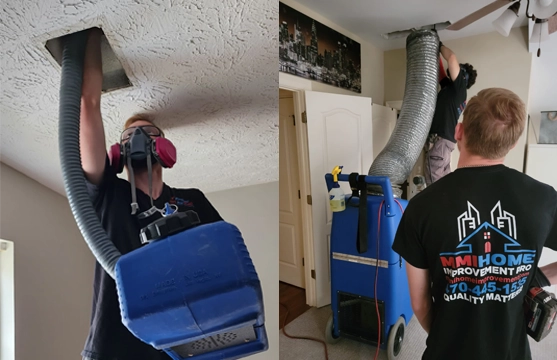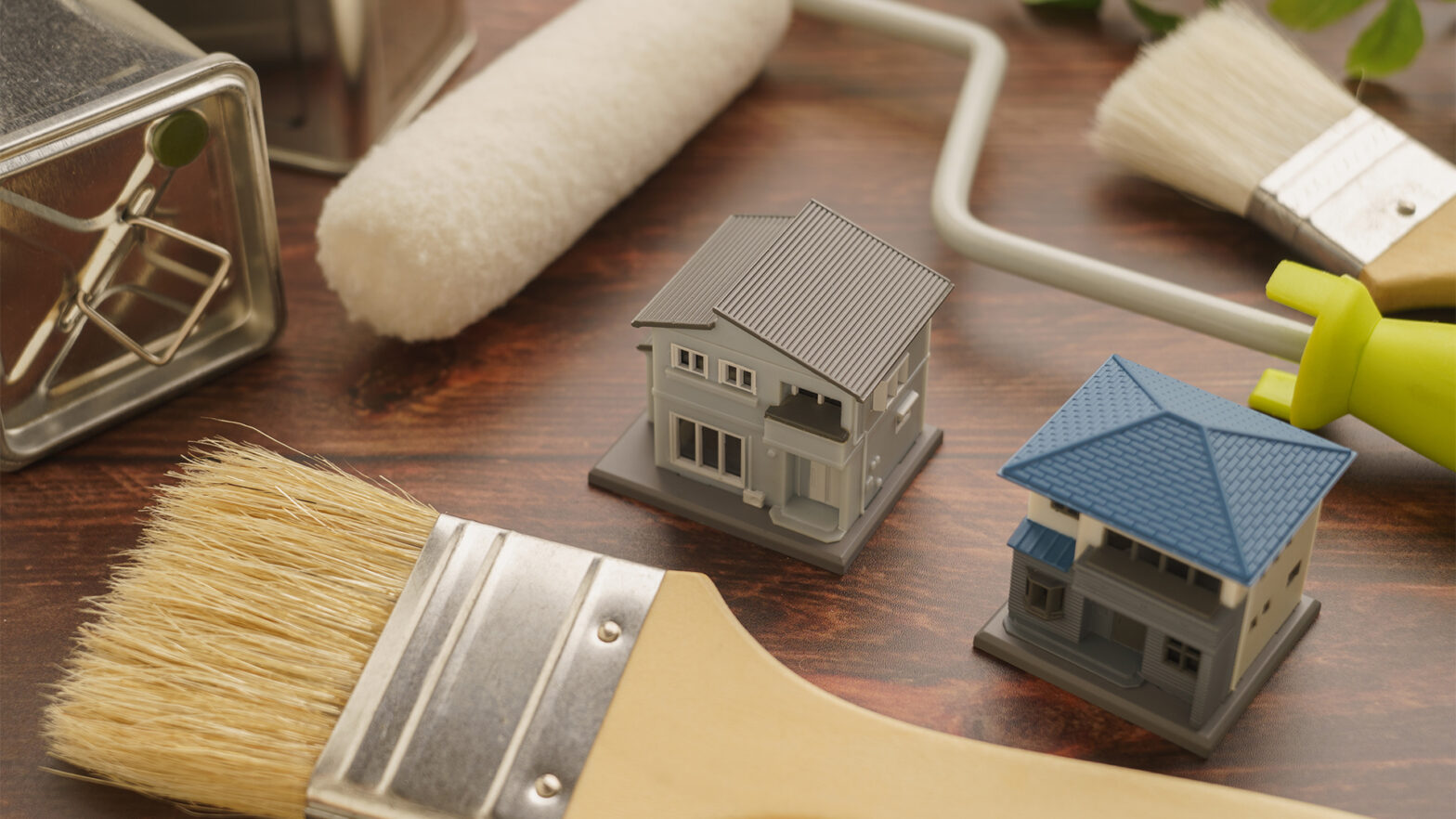
Moving into a new home – especially if it’s your first time – is an incredibly exciting experience. That being said, it can also be a daunting one, once the unpacking dust has settled.
By the age of 34 (the average first-time buyer’s age), most know their way around a vacuum, paintbrush or kitchen appliance, but knowing what to do with your properties’ external areas is knowledge that only comes with experience.
Only 35.2% of 25 to 34-year-olds actively garden, making the average first-time buyer the second-least experienced demographic in the whole country.
To help get first-time homeowners up to speed, we spoke to Chris Cooper, Senior Product Manager and one of the battery lawnmower specialists behind Hayter Mowers, for his definitive list of the most important tasks to start in the garden when you move into your first home (along with some insider tips of the trade!).
1. Inspect, repair and replace
Unless you’re moving into a brand-spanking-new build, it’s likely that your new home’s garden fences, pathways and external locks aren’t new.
Regardless of how well the home was taken care of, you must give your garden a thorough inspection. Between the time it’s taken from first visiting the house to completing a conveyance and finally getting the keys – a process which can take up to 12 weeks or even longer if stuck in a chain – complications can arise with the garden.
“The first thing I recommend to anyone, especially if they have a garden garage or shed, is to change all the locks and carry out your routine checks,” says Cooper. “It’s extremely unlikely that the sellers of your home were opportunistic burglars – but the point remains, you don’t want copies of your house, garage or shed keys with people you don’t know.
“While changing these locks, get a feel for your garden by doing an inspection. Fences, patio, borders, garden tap, brickwork – the whole lot. While most of the time everything will be in similar order to how you last saw it, this exercise will help you begin a priority list of jobs that need your attention first,” Cooper explains.
“For example, if the fencing panels are loose, the stone steps are a bit wobbly and the hose tap is leaking, these are the jobs you can get to work on first. That last one is especially important; a quick tightening can save you a lot on your water bill!”
2. Get the essentials
Garden tasks range from routine upkeep to hobbyist extras. Chris Cooper advises that you should start with the must-haves before leaping to the extravagant.
“Just because you now have a garden, doesn’t necessarily mean you have to become the next Monty Don,” jokes Cooper. “Most love gardening once they get more comfortable with the basics, but throwing yourself in the deep end can sometimes leave you feeling more overwhelmed than inspired.
“If you have any priority tasks from your inspection in step one, start by nipping to your local hardware store and buying the requisite tools to get them sorted. A shop assistant will be able to help you, as any reputable supplier will have in-depth knowledge of most garden tasks,” Cooper explains.
“If you don’t have any tasks that need immediate attention, start with getting yourself the necessities of garden maintenance – a lawn mower, a trowel, gloves and pots (if you intend to start planting), a rake for leaves and debris, a weed fork, a garden hose and – if you have any big bushes – pruning shears.
“That might sound like a lot at first, but trust me – you won’t be using those every day. These are all tools that can tackle most jobs in the garden, but the ones you’ll use most often are probably the lawnmower and gloves,” says Cooper.
“The lawnmower you want will depend on the size of your garden and if you prefer a battery or petrol to power your mower. I’ll break this down simply for someone who isn’t sure what they’re looking for:
“Number one: If you go for a battery mower, never buy corded. Today’s technology has surpassed the need for power cords, so a corded mower would likely be an unwise investment that’d wind you up even more than the cord gets wound around your garden furniture.
“Number two: For small to medium-sized gardens you will want to look for a mower with a cutting deck width that is appropriate for your garden size. Look for 36cm for gardens up to 200m2, 43cm for up to 300m2 and 48cmfor up to 500m2. These figures aren’t an exact science – but these are the industry standard that will help you narrow down your search more efficiently.
“Number three: You don’t have to buy ultra-premium, but never buy cheap. Think about buying your first mower like buying your first car – when you buy cheap to ‘save money’, you end up spending more on repairs and replacements than you ever would in the entire lifespan of a more reliable machine.”
3. Decide on a mowing schedule
For a well-maintained lawn, it’s all about understanding the frequency you should mow and at which height you should cut the grass. The time of year you move into your home will influence this, as Cooper explains:
“If you move into your new house in early spring (around March), cut the grass every two weeks from the first mow. You should shorten this to every 10 days from mid-to-late April, then move to weekly mows from May. The grass cutting height should be set to high until May, then you can put the cutting height down to the lowest setting, being sure not to remove more than a third of the grass height.
“If you move into your new house in summer, keep your cutting height low and continue to mow weekly. If the weather is optimal, grass growth may be quicker than usual, so don’t be afraid to mow twice a week if needed.
“For the autumn months, mow once every couple of weeks as the weather begins to cool. You should also set the height back to a higher setting, as you do in early spring.
“Finally, for winter, you shouldn’t mow at all! Mowing should halt when temperatures are consistently below 6°C.
“So, depending on which month you move in, decide on a day for your first mow and try to stick to the correct schedule from that point on. Consistency and routine are key to maintaining a healthy lawn, so the earlier you get to grips with it, the happier your garden will be.”
4. Make a rough plan
Cooper believes that the key to success is in taking a step back and thinking about the future, explaining that:
“You need to make a rough plan in your head, and I use the word rough specifically – beginners especially shouldn’t over-plan and take the fun out of gardening. The only time you should be really considered with your plan is if you want to do some serious landscaping, in which case you should note your garden’s suntraps and avoid planting in areas that will be turned up later down the line,” says Cooper.
“The best way to do a rough plan is to look out of the window with the best view of the garden and say, ‘What do I want to see when I look out of here?’ This will inform how you should approach your garden more than any online research can.
“From here, you can decide whether you need to extend your privacy, if you want bold, colourful flowers or natural, muted perennials, patio furniture and more. Once you have decided on what you want to see, you can then go about purchasing the requisite plants, furniture or tools to make your daydream a reality.”
5. Check weeds and irrigation
Those eager to get into their new garden often make a common mistake and plant around weeds or in areas of poor irrigation, setting you up for failure.
“I see this far too often, but it’s such an easy issue to overlook – especially in a new garden. If you want to be planting flowers, growing veg or want a showstopper lawn, you need to be confident that heavy rainfall will be drained properly – especially in the UK! This means checking that the irrigation in your garden is up to snuff, including marking any areas where muddy patches persist days after heavy rainfall,” Cooper explains. “Avoid planting in these areas until an irrigation system is in place.
“For lawn irrigation, consider aerating your lawn to help with water flow. You can do this with a garden fork, stabbing holes into the soil that are 4–6 inches deep. This makes it so that the water flows beneath the soil, rather than pooling on the surface of the lawn,” Cooper continues.
“Weeds are a frustrating problem with a simple solution – just pull them out! Before and after planting you should check for weeds, which is especially important if you have moved into a new garden. If the garden has been left dormant for some time, you may find it overrun with weeds.
“You can use your hands and a weeding fork to pull out the longer weeds, just make sure to pull out the entire root – otherwise the weed will just grow back,” Cooper adds. “If your garden is seriously overrun, you can try sheet mulching with newspaper, but this process can be a bit confusing for a beginner. It may be easier to target weeds with homemade, non-toxic weed killers – such as boiling water, or a baking soda and vinegar solution.”
Are you yet to tackle your new garden? Make sure to follow these steps and your thumbs will be turning green in no time.
































